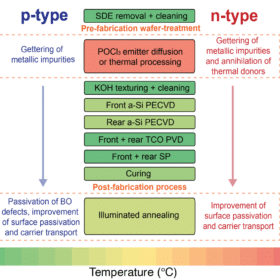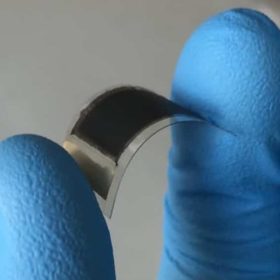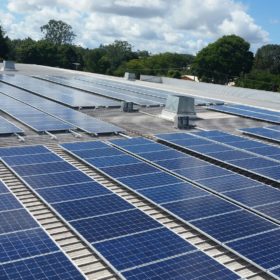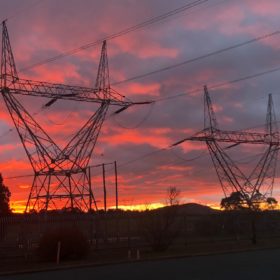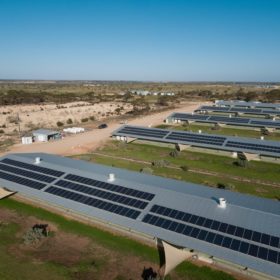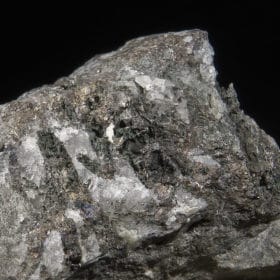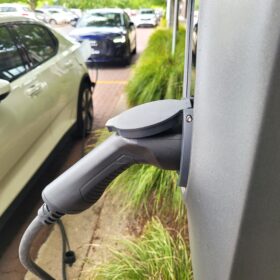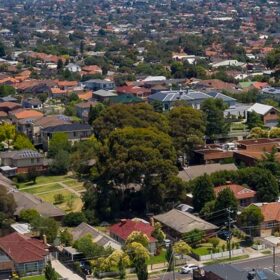Cleaning solar modules with sand and wind, on Mars
NASA scientists have partially cleaned up the solar modules of the Insight lander operating on Mars, by using grain sands collected nearby and trickling them on the panels during the windiest time of the day. This handmade technique has made it possible, according to them, to increase the PV array’s yield of about 30 watt-hours of energy per ‘sol,’ or Martian day.
A new UNSW review of research invites a rethink of silicon heterojunction solar cell manufacture
A review of existing research on any particular topic “should provide some novel insights”, says UNSW solar researcher Dr Matthew Wright. UNSW’s new paper shows defect engineering of SHJ solar cells has come a long way, but what if these proven efficiency gains could be better applied?
Portable solar carport designed by student wins Genius award
Dubbed Gismo Power, the appliance is entirely mobile, can be grid-connected, and may be folded for storage.
Perovskite stability, and the effects of defects
An international team of scientists fabricated perovskite solar cells which retained almost all of their initial 21% efficiency after 1,000 hours under continuous operation at their maximum power point. The researchers credit this performance to their discovery of an additive that served to ‘block’ ions that cause device degradation, and also hope their work will contribute to an improved understanding of the relationship between efficiency and stability in perovskite PV.
Industry stakeholders unite against proposed solar PV export charge
A proposal which would allow network operators to charge rooftop solar PV owners to export their surplus energy to the grid has been opposed by key stakeholder groups in a joint submission to the Australian Energy Market Commission.
Nano-micro-scale cooler for solar modules
The proposed technique is based on radiative cooling and consists of a glass coating made with a two-dimensional subwavelength nanostructured grating, which is imprinted in soda-lime glass and has enhanced mid-infrared emissivity, and a micro-structured grating. The temperature decrease provided by the nano-micro-grating coating was found to be approximately up to 5.8 degrees Celsius.
Registrations of interest open for Australia’s biggest REZ
Australia’s largest renewable energy zone is one step closer to fruition with the New South Wales Government calling for registrations of interest from developers of solar PV, wind and energy storage projects.
New IEEFA report sees South Australia as world’s energy transition model
The Institute for Energy Economics and Financial analysis (IEEFA) has published a report in which it points to seven key lessons energy planners the world over can take from South Australia’s extraordinary renewable energy integration. However, even South Australia, IEEFA’s model, still requires thoughtful planning and policy for the path forward.
Adhesive mounting system for any kind of solar modules
The system, developed by Spanish specialist Alusín Solar, is being tested by Endesa in a 9.8 MW project for self-consumption. The mounting structure is made with aluminium bars that, instead of being fixed to the roof with screws, are attached through a double-sided adhesive.
Flexible bifacial kesterite solar cell at 9.3% efficiency
Scientists in China developed a new kesterite solar cell they say could be suitable for indoor or outdoor applications. The bifacial solar cell reached 9.3% frontside efficiency, and also achieved a 9.0% on the backside.

